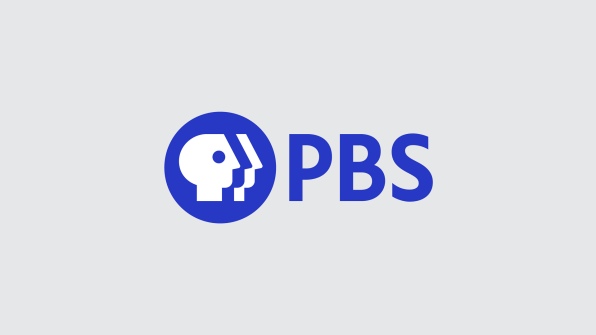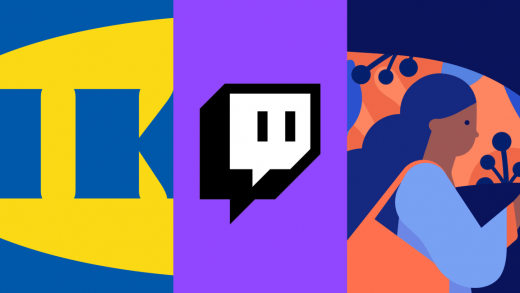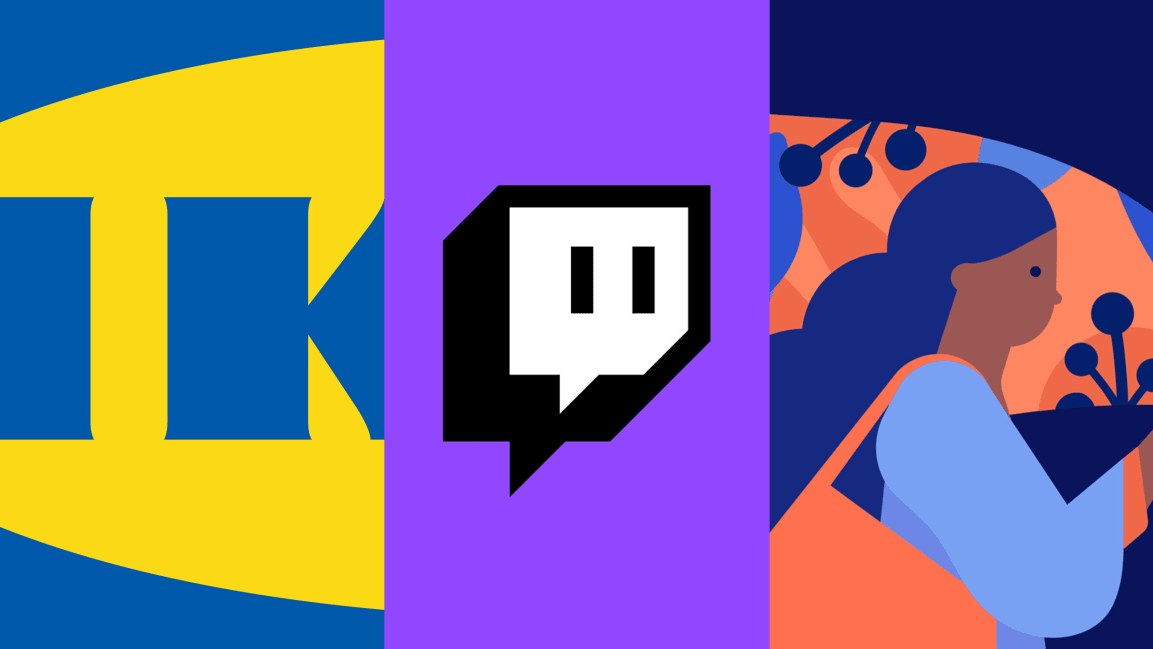Is the era of major rebrandings over?
You might notice some commonalities among large company rebrands in 2019. Or rather, you might not have noticed they rebranded at all. And that’s exactly the strategy they share. In 2019, many large heritage companies went for what you might call a brand refresh rather than a redo; making small design shifts in the service of function in the digital space, and for a more performative brand across platforms. To make a haircut metaphor: major companies all opted for trims that might make you ask, “Did you do something different?” No one went for full-on bangs. Let’s take a look at just a few of the brands that have adopted this strategy of incrementalism, opting for a touch-up rather than an overhaul.
Ikea
The Swedish furniture company underwent a few brand changes over the past year, beginning with its classic blue-on-yellow logo lockup in April 2019. Stockholm-based Seventy Agency adjusted the type to increase digital legibility by enlarging the negative space between the forms of each letter, like the lines that make up the E and the counter, or triangular hole in the letter A. Meanwhile the curved serifs of each letter were reduced, making each letter feel even more blocky. The brand name itself was enlarged within the yellow oval shape behind it.
Really, if you’re adapting to the digital age now, you’re late to the game. ”
A month later, Ikea shared further developments in what it called its “logo evolution,” with the release of the new logo system called Fönster. This is a fitting way to describe the process, as the changes are so slight, the adjustments could be comparable to the scientific process itself. 72andSunny iterated on the original blue-and-yellow logo consumers are familiar with to create one that would be flexible enough to work in tandem with an array of digital content. So, the agency gave the lockup a transparent background and made the type white—essentially making it a window into whatever image was placed behind it. The move met an opportunity to brand lifestyle and social media images in a subtle way, and allowed the company to meet consumers where they are: on their couches.

[Image: courtesy PBS]
PBS
In early November, the PBS logo lockup got a facelift, too. The 50-year-old public broadcaster has over 300 independent local affiliate channels and a reach of more than 215 million viewers who watch it via traditional television. It was ranked one of the most trusted institutions in 2019, according to Marketing & Research Resources. It has brand appeal. And any change in the logo had to fill two needs: help the brand deliver on its growth strategy beyond TV by creating visual cohesion across its burgeoning digital platforms, and oh yeah, be broadly appealing without being boring.
Connie Birdsall and her team at Lippincott accomplished this in a few ways. First, the team had to make the logo be quickly identifiable no matter where it was seen. To do so, the Lippincott team built upon the logo created by Chermayeff & Geismar & Haviv in 2009 and created a standard look that began with a new, proprietary color: bright blue. They made other slight adjustments to simplify the lockup as well: the typography was simplified and enlarged to equal the size of the head within the inner circle. The head’s eyes were enlarged, and its nose was adjusted to tilt the gaze upward. The type and head as a unit were enlarged too, just like the IKEA logo a bit earlier in the year.
Warner Bros. Studios
This one is another example of a logo having to serve two seemingly opposing functions: be highly adaptable and yet maintain strong recognizability—whether as an icon that’s 1 centimeter wide or opening on an 80-foot wide screen. What’s more, the shield logo is iconic. So Emily Oberman and her team at Pentagram again made small shifts to modernize an icon of the last century for the 21st century.
Like PBS, the Warner Bros. Studio key logo took on a bright blue color. And like Ikea’s Fönster logo system, the Warner Bros. shield was developed so it too, could be a window to introduce secondary content and color palettes, like that of a movie’s individual branding. The WB letterforms were heightened and thinned out, and the shield was attenuated to the Golden Ratio. The Pentagram team also developed an original Warner Bros. Sans typeface, so that the brand was felt even without the logo. For DeeDee Myers, Warner Bros. Studios’ executive vice president of worldwide corporate communications and public affairs, the results of many slight changes “connected [the brand] to the past, but with eyes firmly ahead.”
We start to see the same model on a smaller scale with Twitch, the gaming and streaming platform owned by Amazon. But it was solving for the opposite problem of heritage brands like PBS and Warner Bros. Studios: As a 9-year-old live streaming service, it has a successful digital business model. So the company’s not exactly archaic. This rebrand was more “an attempt at corporate maturation,” Fast Company reported in September 2019. But it had many of the same goals relative to both customization and consistency, so with assistance from New York-based creative agency Collins, the creative team at Twitch streamlined and simplified the branding system in many of the same ways as heritage brands did this year. Twitch became more visually adaptive as a brand by first making small adjustments to its key logo: The team filled in the transparent body of the blocky letterforms with white, thinned out the outline of each letterform, simplified the drop shadow for a cleaner look, and recolored all those ancillary components in black for high contrast. It then went a step further by making two additional logos: a two-tone extruded logo that users can co-brand based on their personal Twitch landing pages, and their pièce de résistance—an animated three-tone rainbow version of the mark as a visual indication of company voice. How many decades of margin do we allow brands to adapt to a century that we’re a fifth of the way through? ” Of course, the evolution toward streamlined, adaptive logo marks had already started before 2019. American Express and MasterCard both simplified when Pentagram refreshed their visual looks in 2018 and 2016 respectively. In fact, Pentagram’s case study described the MasterCard project as a “brand identity to emphasize simplicity, connectivity and seamlessness.” MasterCard, which calls itself a “technology company in the payments industry,” took it a step further by removing its name from the logo mark entirely in January 2019. That, of course, makes it easier for MasterCard’s branding to appear recognizable, no matter how small the device you’re viewing it on. Steve Heller, co-chair of the School of Visual Art’s MFA Design Department, “frankly” doesn’t see the move toward more digital-friendly branding as a trend. Instead he suggests that changes like these are so slight that they’re just part of a brand refresh all heritage brands go through. “We know that heritage brands go in for refresh every so often,” he says. “And we’re two decades into the 21st century, so I’m not surprised that some brands are trying to demonstrate they’re not in mothballs.” In other words, these slight recalibrations we’re seeing might simply be tactical. All companies with visual identities that have been grandfathered in from the last century will to make these changes if they want to stay afloat. Really, if you’re adapting to the digital age now, you’re late to the game. But you know what they say: better late than never.Twitch
Adaptive Logos Are Nothing New
(19)



